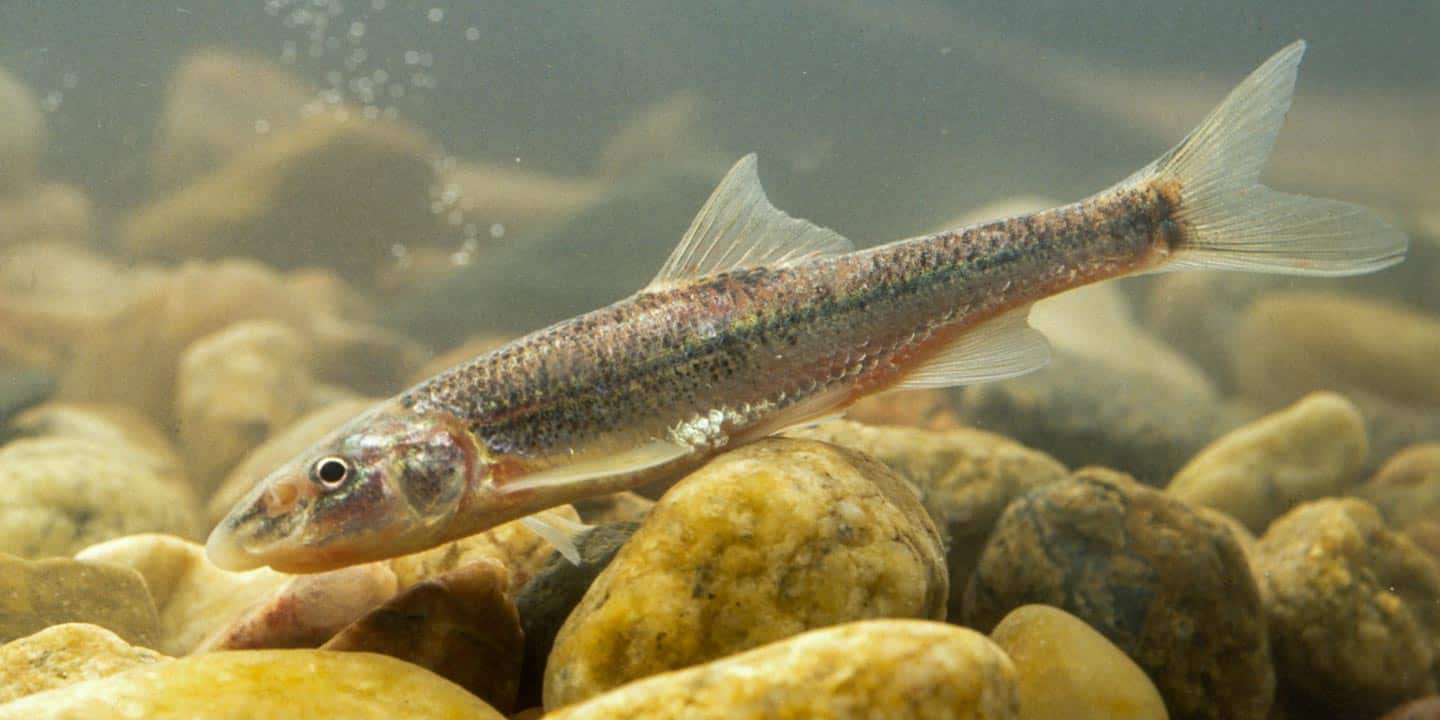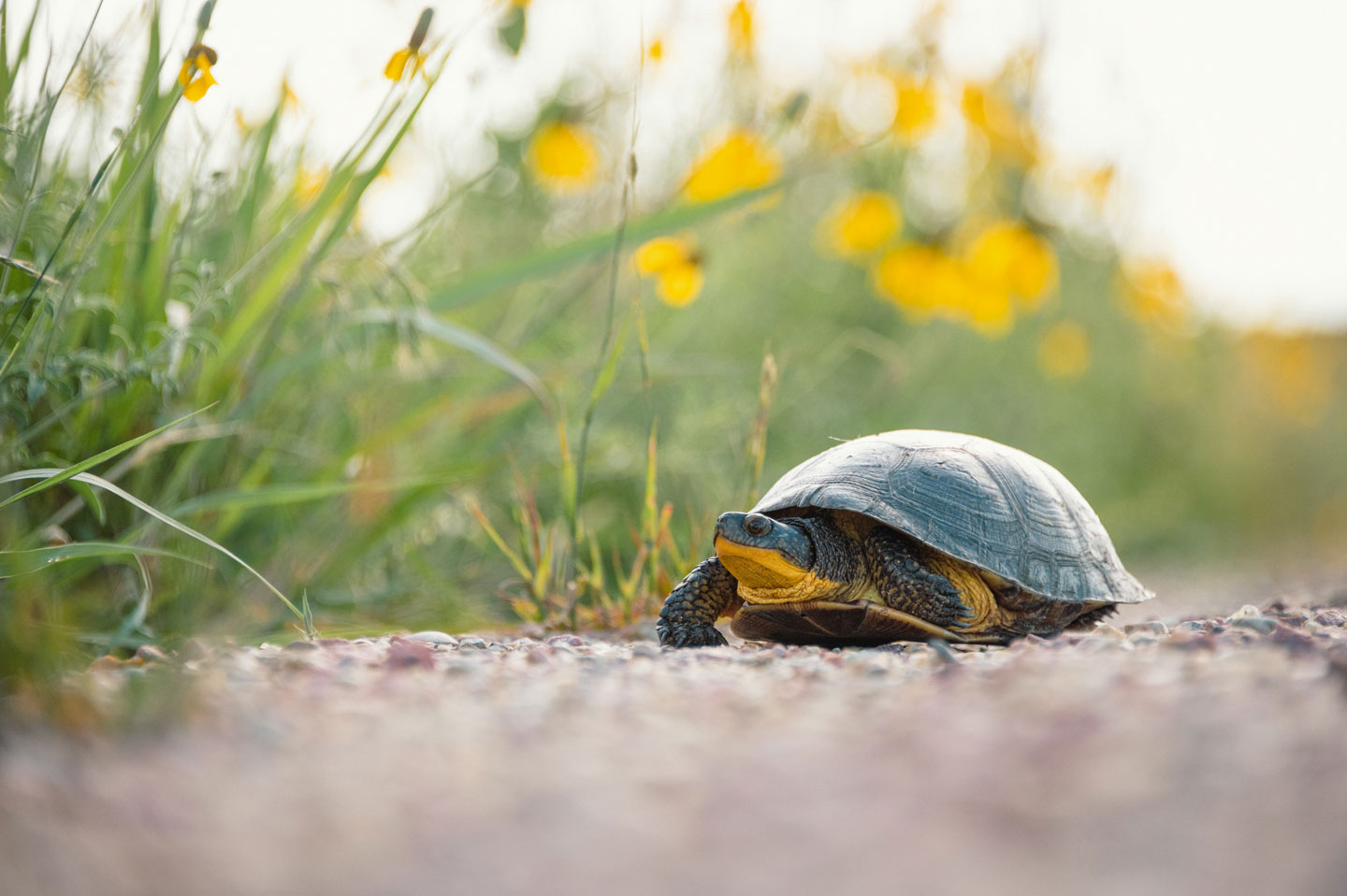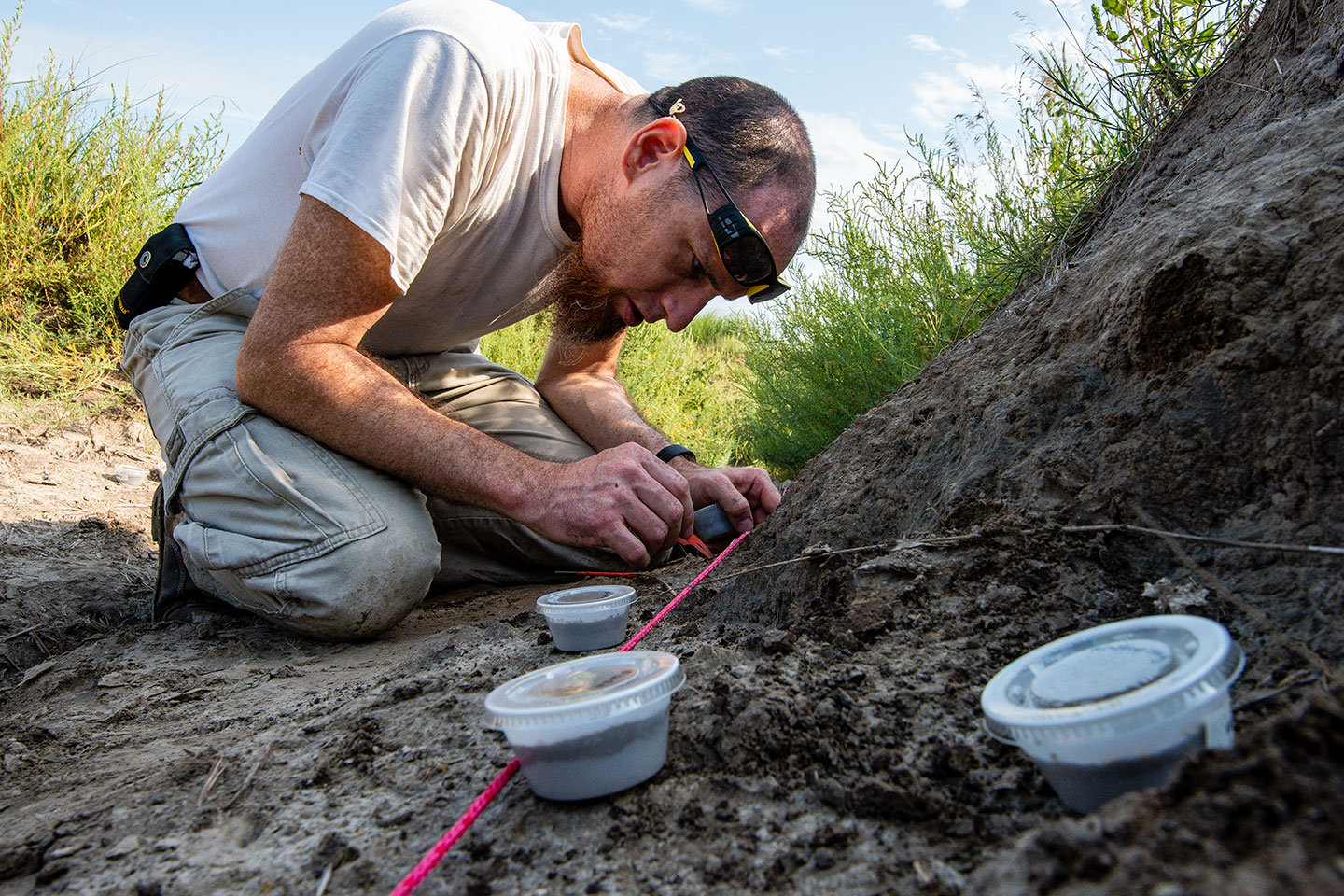Sturgeon chub
Status: Endangered

The Sturgeon Chub is a small minnow species reaching up to 4” in length, however most individuals range between 1.5”-2.5” in length. It is recognized by its long, flat snout with a barbell at the corner of its mouth. They are brown to olive colored on their back and white or silver on their belly. Fins are relatively large and are clear.
Because the Sturgeon Chub prefers habitats with highly turbid waters (see Habitat), they have relatively small eyes.
Individuals reach sexual maturity at approximately two years of age. Life span of Sturgeon Chub is up to four years of age although most do not survive past two years.
Sturgeon Chub are often found in large groups and are not territorial.
Range
The Sturgeon Chub is found in the Mississippi and Missouri Rivers along with several major tributaries. Its historic range included 13 states from Montana and North Dakota south to Arkansas and Tennessee. Its range also included Wyoming, South Dakota, Iowa, Nebraska, Kansas, Missouri, Illinois and Kentucky.
In Nebraska, the Sturgeon Chub is found in the Missouri River and lower portions of the Platte River.
Habitat
The Sturgeon Chub is found in fast, free flowing rivers with high turbidity and low visibility. The low visibility conditions help protect this small fish from larger predators.
Reproduction
It is believed that reproduction occurs in late spring to early summer although more research is needed. Spawning takes place by broadcasting in fast-moving water. Reproduction is significantly higher for second and third year females than for first year females.
Population status
Sturgeon Chub were petitioned for listing on the Endangered Species List in 1994. However, after population studies, it was determined that the Sturgeon Chub population was larger than first believed and was removed from consideration in 2001. Because of extensive habitat loss, the Sturgeon Chub has been placed on ten state endangered species lists including Montana, North Dakota, South Dakota, Wyoming, Nebraska, Iowa, Kansas, Illinois, Kentucky and Tennessee. Although the population is listed as vulnerable in Missouri, it has not been added to that state’s endangered species list.
In December 2017, the U.S. Fish and Wildlife Service announced plans for a status review of the Sturgeon Chub. This process will include gathering of scientifically accurate information from all sources and a review of this data to determine if listing of the species is warranted.
Management and outlook
The most critical factor leading to the decline in Sturgeon Chub populations is the change in hydrology in large river systems including the Missouri River watershed. This change in hydrology is primarily induced by the development of dams. Dams create large reservoirs which inundate suitable habitat for Sturgeon Chubs and allow for siltation. Additionally, dams slow water movement downstream allowing for siltation and preventing the scouring needed to maintain gravel or rocky bottom substrates. Furthermore, dams often alter the temperature and flow rates both above and below the dam thus further impacting Sturgeon Chub habitat.
Fortunately, it is not likely that more dams will be built along the Missouri River. This, however, does not prevent further damage from being done by existing dams. Proper water regulation is required to maintain suitable habitat for Sturgeon Chub both below and above existing dams.
In addition to management of rivers impacted by dams, management of non-dammed water ways is critical for the species survival. Irrigation has huge impacts on many river systems and can often cause once perennial rivers and streams to go dry during the summer months. Maintaining water in these rivers is important for the species.
Management for Sturgeon Chub must also include more research into the habitat and life history of the species.
Conservation help
Landowners within the range of the Sturgeon Chub can work with federal and state agencies to ensure proper management of land to include reducing irrigated acres (allowing for more groundwater retention), removal of invasive species and proper stream bank management.
Individuals wanting to help species can donate to conservation organizations dedicated to helping this and other Threatened or Endangered Species through research, land management and species conservation.
Finally, taking time to learn about Threatened and Endangered Species as well as sharing that knowledge with others is critical to the development of citizens who care for the future of Threatened and Endangered Species.
References
Species Profile for Sturgeon chub (Macrhybopsis gelida). Environmental Conservation Online System, U.S. Fish and Wildlife Service. Accessed December 27, 2017.
Macrhybopsis gelida. NatureServe. 2017. NatureServe Explorer: An online encyclopedia of life [web application]. Version 7.1. NatureServe, Arlington, Virginia. Accessed: December 27, 2017. http://explorer.natureserve.org
Sturgeon Chub — Macrhybopsis gelida. Montana Field Guide. Montana Natural Heritage Program and Montana Fish, Wildlife and Parks. Accessed December 27, 2017.
http://FieldGuide.mt.gov/speciesDetail.aspx?elcode=AFCJB53020
Nebraska’s At-Risk Wildlife: Conserving Species and Their Habitats. Panella. Nebraska Natural Legacy Project. Pages 96-97.




